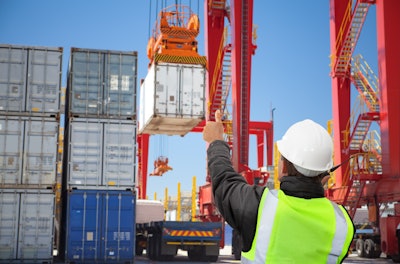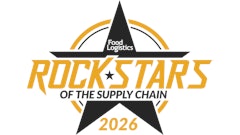
This month’s ITS Logistics U.S. Port/Rail Ramp Freight Index confirms a continued decline of both import and export volumes, which, while hindering overall economic activity, has allowed for port and rail congestion to alleviate.
As port activity normalizes, multiple sectors within the domestic supply chain are experiencing heightened uncertainty as rapid regulatory change affects tariffs, English language proficiency enforcement, and non-domiciled trucking capacity.
“With volume decreases, port, terminal, and ocean carrier operations remain at normal levels and should remain so through November,” says Paul Brashier, VP of global supply chain for ITS Logistics. “However, there are some items we are keeping a close eye on that could drastically change the landscape in North American port and ramp operations.”
Key takeaways:
· U.S. container imports totaled 2,306,687 Twenty-foot Equivalent Units (TEUs) for the month of October, down 7.5% compared to 2024. While the month-over-month decrease was a marginal 0.1%, the decrease represents a divergence from typical seasonal trends, reflecting continued shipper hesitancy and a reliance on frontloaded inventory.
· Despite overall decline, China-origin imports grew for the time since August, leading modest volume gains from top U.S. trading partners with a 5.4% month-over-month increase.
· Tariff uncertainty continues to be a primary driver of depressed import activity, according to industry analysts.
· Outside the ports, the trucking market is enduring its own legislative limbo as states react to evolving legislation surrounding non-domiciled drivers and English language proficiency (ELP) requirements.




















